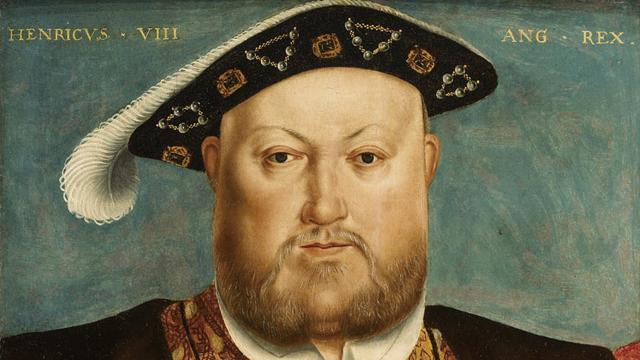Hurst Castle: Work continues a year on from wall collapse
- Published
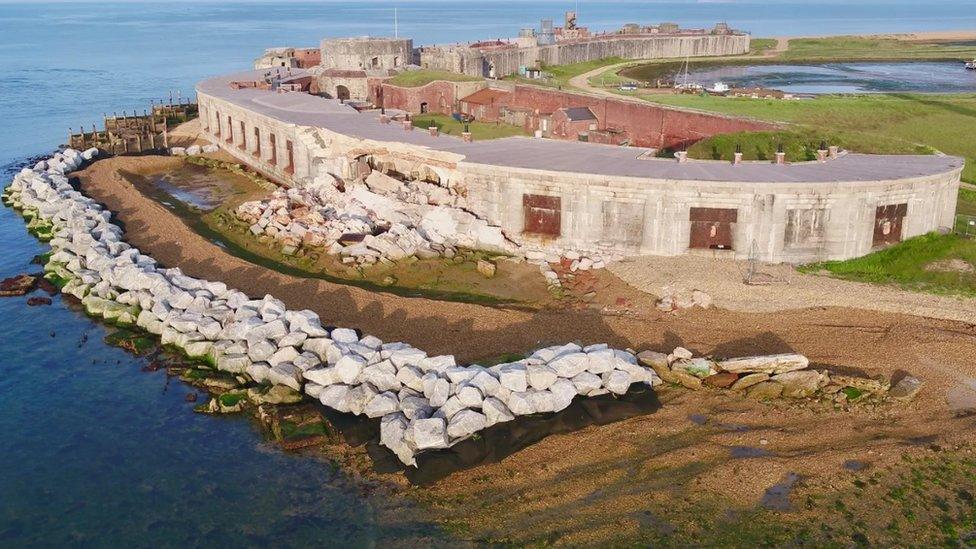
Sea defences were put in place to protect the castle from the elements
The next phase of repair work has begun on a castle, originally built by Henry VIII, after a wall partially collapsed.
A section of Hurst Castle's 19th Century east wing, near Lymington, Hampshire, came down in February 2021.
English Heritage's contractors are repairing groynes and replenishing shingle alongside temporary sea defences.
It said an "in-depth and technical" study would be needed to decide the long-term repair of the breach.
In November, contractors injected a specialist resin to stabilise the foundations either side of the breach in the east wing, and began to clear the fallen stonework.
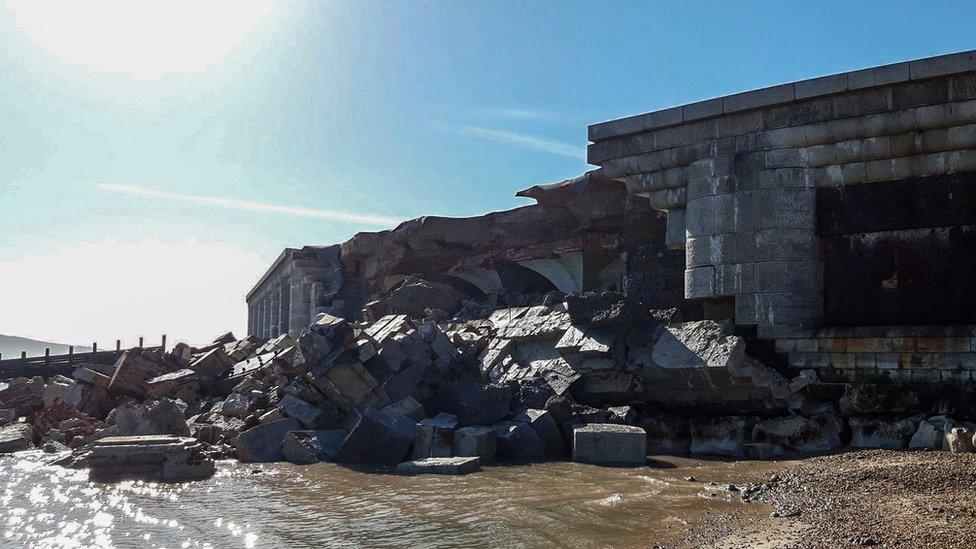
A section of the 19th Century east wing collapsed during winter storms in February 2021
With that completed, work will start to enhance the temporary revetment - retaining wall, constructed last year, enabling it to form a permanent sea defence.
Using 5,000 tonnes of granite boulders, the 90m (295ft) revetment was built to protect the east wing from the Solent.
Rob Woodside, English Heritage's estates director, said it was "committed to working extremely hard" to protect the landmark.
"The immense forces at work along Hurst Spit continue to present very real challenges to Hurst Castle despite all our efforts to protect it over recent years," he said.
"As a result, we cannot take the long term future of the castle for granted and it will only be when we have completed in-depth and technical feasibility work that we will be able to consider the most appropriate course of action, regarding the repair of the breach."
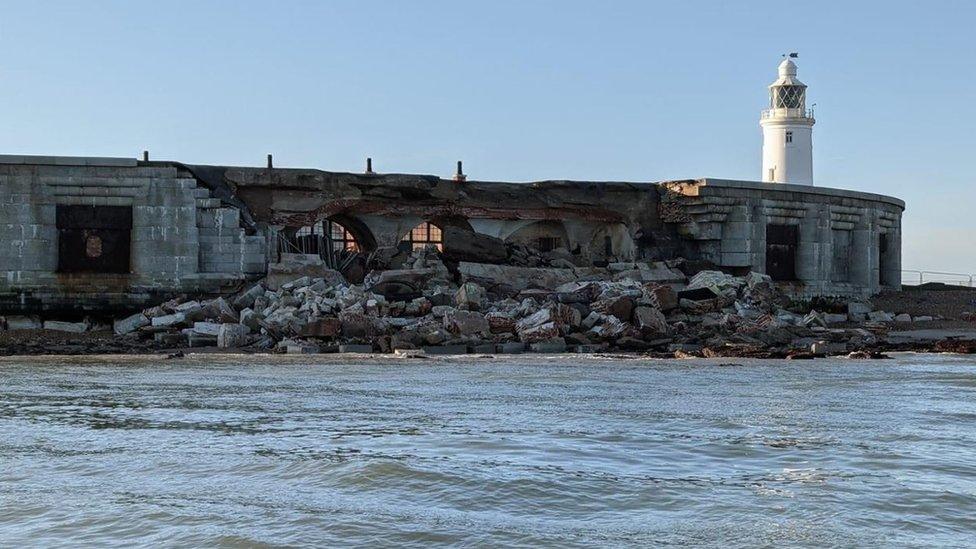
From 1860, the large east and west wing batteries were added
Hurst Castle was originally built by Tudor king Henry VIII between 1541 and 1544 to guard Needles Passage, which is the narrow western entrance between the Isle of Wight and the mainland.
From 1860, the large east and west wing batteries were added as part of a defence programme.
The castle was also used as a searchlight and gun emplacement during both world wars.

Follow BBC South on Facebook, external, Twitter, external, or Instagram, external. Send your story ideas to south.newsonline@bbc.co.uk, external.
Related topics
- Published17 September 2021

- Published27 February 2021
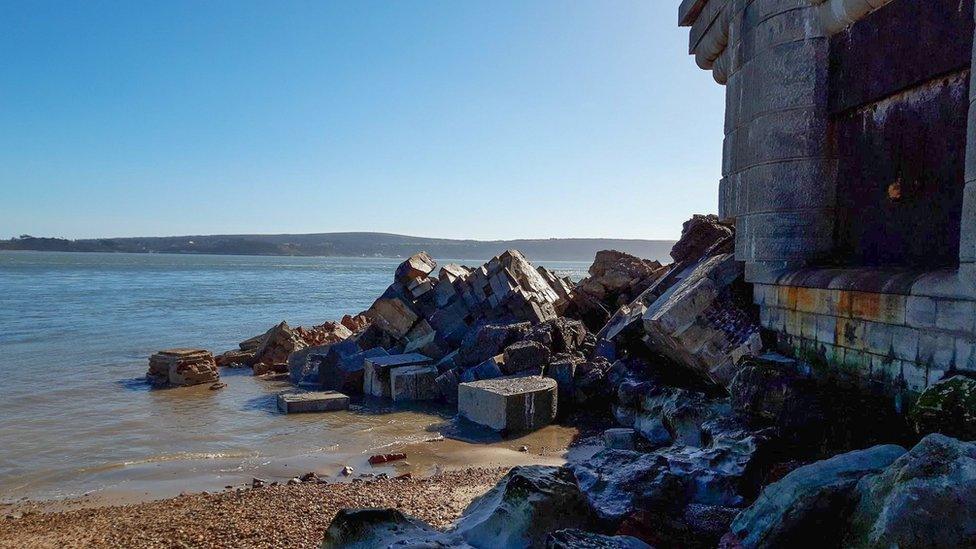
- Published26 February 2021
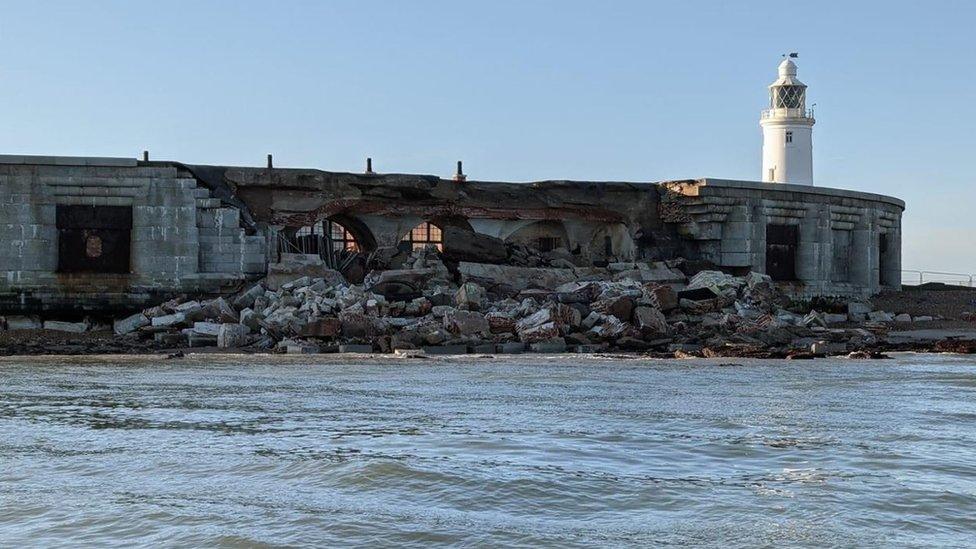
- Published26 April 2017
